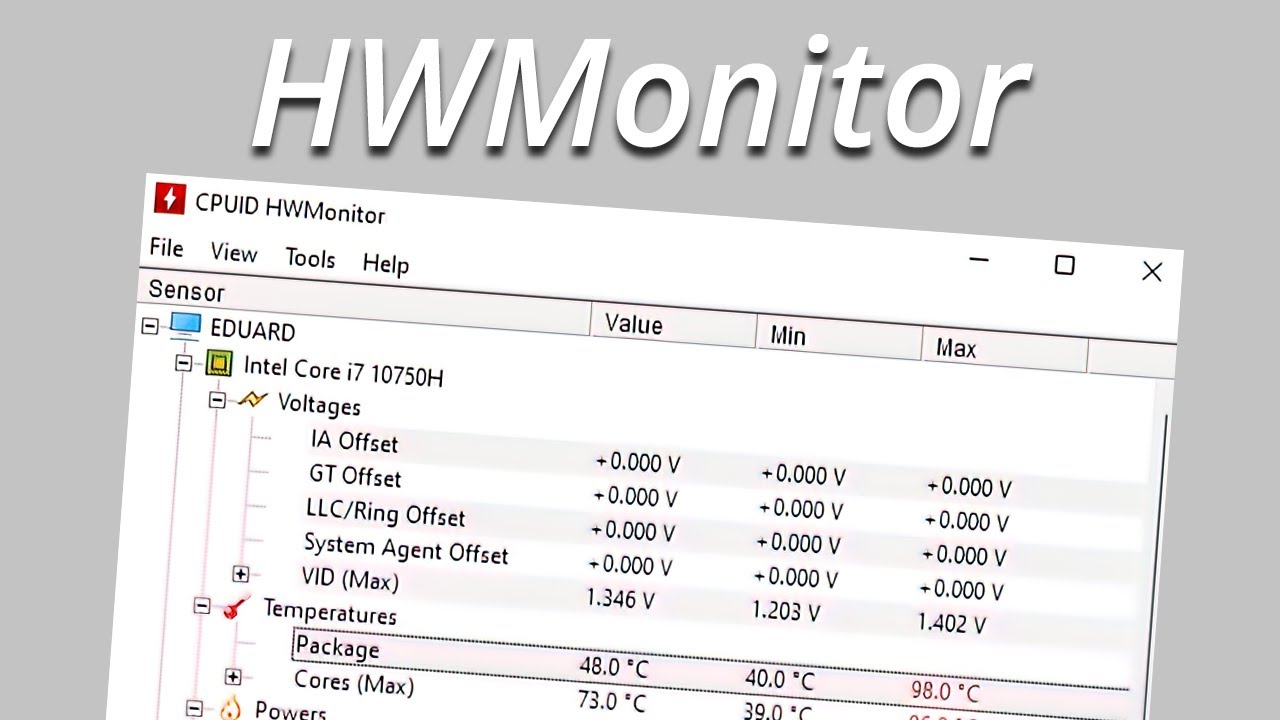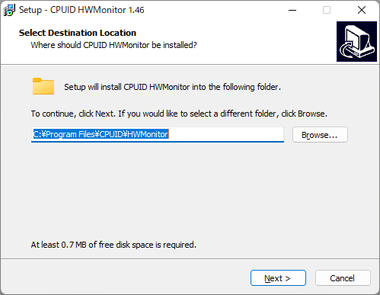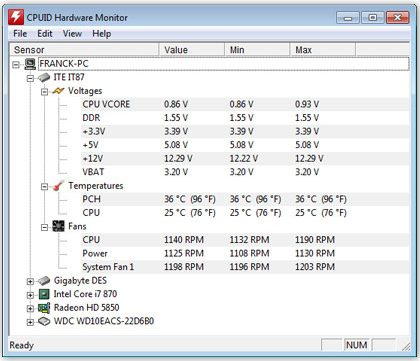
Keeping track of a computer’s inner workings has never been easier than with HWMonitor. This sophisticated piece of software makes it possible to monitor something as small as the voltages going through your motherboard to the temperature of your processor. With hardware being so closely tied to performance, being able to accurately monitor and avoid potential issues is invaluable.
Where would a gamer be without HWMonitor; keeping track of system temperatures while they are immersed in the world of their favorite game? The security, ease, and peace of mind that come with using this software cannot be overstated. Whether you’re an enthusiast or a professional user, the HWMonitor for Windows & Mac will help you stay on top of all aspects related to your device’s performance. So dive right in and get monitoring.
HWMonitor Overview

HW Monitor is an extremely powerful and comprehensive tool specifically designed to provide users with vast amounts of data regarding their computer’s hardware components. It not only records basic information such as temperature, voltage, power, and fan speed but can also monitor clock speed, utilization, and even more obscure entries like current ratings and fan speeds.
The data provided by HW Monitor is crucial in helping maintain your system’s optimal performance and ensuring it is running efficiently at all times. The combination of easily readable reports and the option to control the tiniest details ensures that this dynamic software will absolutely become a staple for anyone looking to keep track of their system’s internals. It can also inform you about how to optimize your computer for office work efficiency.
HW Monitor | System Requirements
Knowing what these requirements are is key to having the best experience with this powerful tool. Let’s take a closer look at what you need in order to get the most out of HWMonitor for Windows & Mac.
Operating System Requirements
The first requirement for using HW Monitor is having an up-to-date version of Windows installed on your computer. This includes Windows 7, 8, 10, or 8.1. Additionally, the architecture of your system must be at least 32-bit in order to use this software effectively.
Hardware Requirements
Next, let’s discuss the hardware requirements for running HW Monitor on your computer. The recommended amount of RAM is 256 MB and it is also recommended that you have a Geforce 1030 or equivalent graphics card installed in your system for optimum performance. Finally, it is important that you have at least 50 MB of storage space available on your machine in order to run this program without issue.
HWMonitor Download & Installation

The first step for HWMonitor Download is to go to a trusted source like us. Once you are here, simply click on the “Download” button given above. This will redirect you to the main website of HWMonitor. The download process should only take a few seconds depending on your internet connection speed. So once it’s done, you can proceed with the installation process.
After downloading the file, open it up and click on the “Install” button to begin installing HW Monitor. This will bring up another window where you need to accept some terms and conditions before proceeding further. After that, simply click “Allow” when asked if you want to allow this software tool to make changes to your system. Now, all that’s left is for you to wait for it to finish installing itself onto your PC – usually takes no more than 5 minutes or so – after which you can start using it right away.
Reading the HW Monitor Data

HWMonitor for Windows & Mac provides you with three main sections of data on its interface. The top section contains information about your processor, including its temperature and core details. The middle portion shows information about the disks and fans running in the system. The right pane section displays temperatures of different components in the system such as the CPU, GPU, case fans, etc.
- Lower Middle Portion: This section contains specific details related to each disk that is connected to your computer system; these include disk model number, serial number, vendor name, firmware version, transfer mode used by the disk controller, and so on. This section also gives you an overview of every fan in your system; this includes fan type (CPU/GPU/Case), the speed at which it operates (in RPM), and other vital details like current consumption, etc.
- Upper Section: This section displays two sets of information – one related to hardware installed in the system & second related to network connection statuses such as the IP address assigned to the network adapter or DNS server address configured for the adapter etc. You can also find a brief description of memory usage in this area along with total available memory & total used memory on a particular machine at any given point in time.
- Right Pane Section: This section will show you the temperature of different components inside your PC such as CPU temperature, GPU temperature, and case fans’ temperatures, etc., which are vital aspects when it comes to ensuring better performance from the PC without any thermal issues or sudden shutdowns due to overheating conditions.
Using HWMonitor
Using HW Monitor is incredibly simple – once installed, all you need to do is launch it and begin exploring! You can use it to keep track of temperatures across different parts of your machine so that if something runs too hot for too long you can take action before any damage is done.
Additionally, by monitoring fan speed and voltage settings you can make sure that your PC stays running optimally for as long as possible (often leading to extended lifespans). Finally, reviewing storage settings can help identify areas where unnecessary files are taking up space – freeing up this space often leads to improved performance. You can also use this tool to analyze games like Dragon City APK and Pandora APK.
Last Say
For those looking to get the most out of their computers without spending hours digging through settings or hiring a professional tech team – HWMonitor is indispensable. It gives users access to detailed information about every part of their machines in just one click – allowing them to make informed decisions when troubleshooting or upgrading their systems. Whether it’s used for tracking temperatures or freeing up disk space – there’s no doubt that anyone who takes their computing seriously should download this powerful tool today.
Frequently Asked Questions
Q1. Is HW Monitor safe to use?
HW Monitor is a tool designed to provide users with helpful information about their computer hardware. As one of the most reliable monitoring software available, it is absolutely safe for you to use on any system. Although any properly vetted program should be secure, it’s best to practice an extra layer of caution by downloading from a well-established source to ensure peace of mind and complete security when using this powerful tool. HW Monitor is more than just dependable though; its comprehensive suite of functions makes it an invaluable resource for tech experts and novice users alike.
Q2. How does the HW Monitor work?
HW Monitor is designed to break the process of gathering hardware information into discrete parts, each responsible for getting its own data. With just a few clicks you can see which of your parts is running high on resources or, in the case of memory usage, spot any discrepancies across applications. By giving users access to monitor CPU cores, temperatures, and fan speeds, HW Monitor has become a favorite among tech-savvy users and enthusiasts seeking more granular awareness of their machines.
Q3. Is HW Monitor capable of modifying or improving our system errors?
With HW Monitor, we can’t modify or improve the error of our system directly. Still, it provides us with valuable information on our PC which can help us pinpoint the cause of a problem. By understanding the source of an issue, we can approach it more intelligently and thereby increase our chances of success in resolving the error swiftly and effectively.





